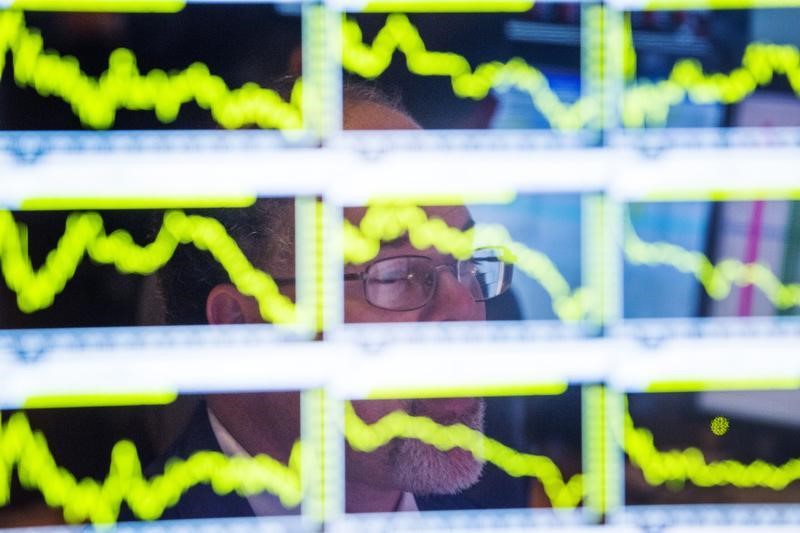This post was originally published on this site
https://i-invdn-com.akamaized.net/news/LYNXMPEA7H0NX_M.jpg © Reuters. UK debt agency sees risk 2020/21 gilt issuance will need to rise further
© Reuters. UK debt agency sees risk 2020/21 gilt issuance will need to rise furtherBy David Milliken
LONDON (Reuters) – Britain is likely to need to issue even more debt on top of the big increase announced on Wednesday for the coming financial year, as the full cost of measures to fight the coronavirus was not included, debt agency chief Robert Stheeman said.
Shortly after finance minister Rishi Sunak’s first budget speech, the UK Debt Management Office said gross gilt issuance would need to rise to 156.1 billion pounds ($200.7 billion) this year from 136.9 billion pounds the year before.
This is the highest amount since 2012/13, when the cost of the financial crisis bumped up Britain’s budget deficit, though below the median 166.6 billion pounds predicted by gilt dealers polled by Reuters before the budget.
Stheeman, who heads the DMO, said his agency and forecasters at the Office for Budget Responsibility did not have Sunak’s final budget figures when they estimated the borrowing needs.
The OBR’s growth figures also do not factor in the likely full impact of the coronavirus on economic growth.
Sunak announced 5 billion pounds of extra funding for the National Health Service and up to 7 billion pounds for businesses in tax breaks and compensation for staff sick pay, which were not included in the main budget figures.
“When things become clearer, I would not want to rule out that the Treasury revises our remit,” Stheeman told Reuters, referring to the amount of money the DMO is tasked to raise by selling debt.
It would be “reasonable” to expect an upward revision, he added, without giving a figure.
Investors have so far taken the rise in British government borrowing needs in their stride. Gilt prices were little changed by the budget plan on Wednesday.
Fears about the economic impact of the virus on businesses have boosted demand for safer assets such as government bonds. On Monday, two-year gilt yields briefly turned negative and the 10-year benchmark yield hit a record-low 0.074%.
Stheeman described this pricing as “extraordinary”.
Extra issuance next year will focus more heavily on short-dated gilts, the most liquid part of the market, which Stheeman said was best-placed to absorb Britain’s higher borrowing needs.
Gilt dealers have told the DMO that the market turmoil was hurting liquidity, though a 10-year gilt auction on Tuesday passed smoothly.
“My guess is that perhaps until the full extent of the economic impact of the coronavirus in particular is clear, we are probably going to go through quite an illiquid patch,” Stheeman said.
The DMO has no plan to postpone future gilt auctions if the coronavirus outbreak worsens, and Stheeman said the DMO and dealers had contingency plans – including separate sites – to reduce the chance of this being necessary.
“We like others in the market … are obviously taking whatever precautions we can to ensure that we remain fully operational.”
($1 = 0.7780 pounds)
Fusion Media or anyone involved with Fusion Media will not accept any liability for loss or damage as a result of reliance on the information including data, quotes, charts and buy/sell signals contained within this website. Please be fully informed regarding the risks and costs associated with trading the financial markets, it is one of the riskiest investment forms possible.

